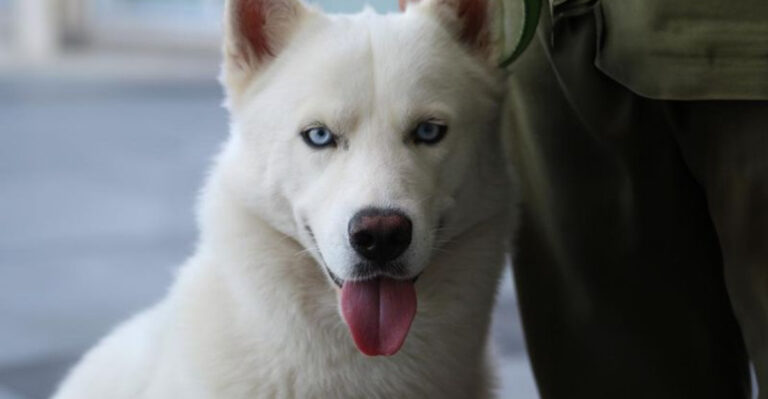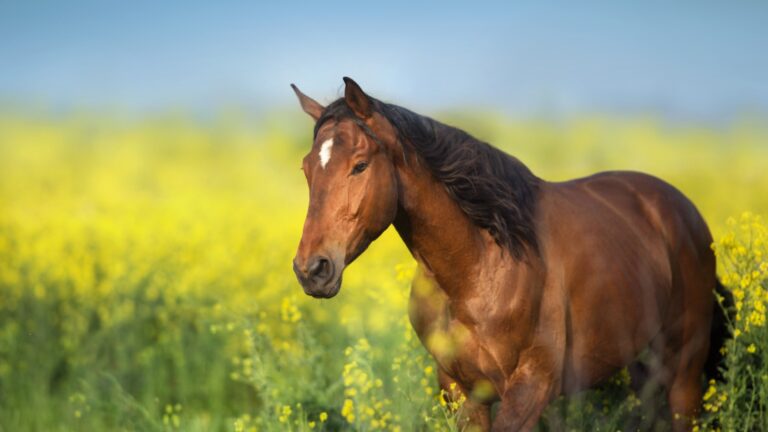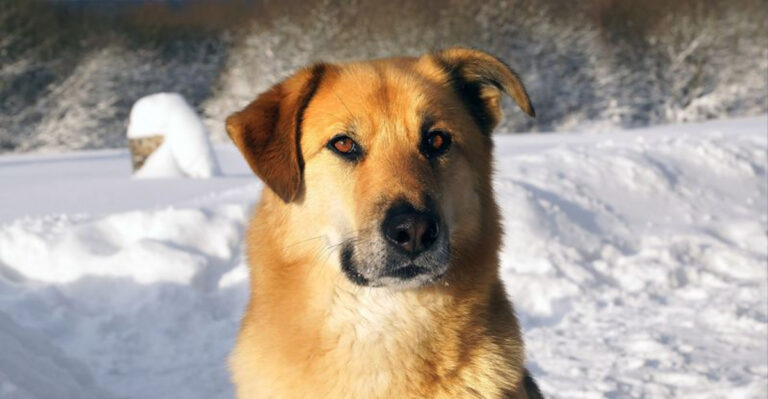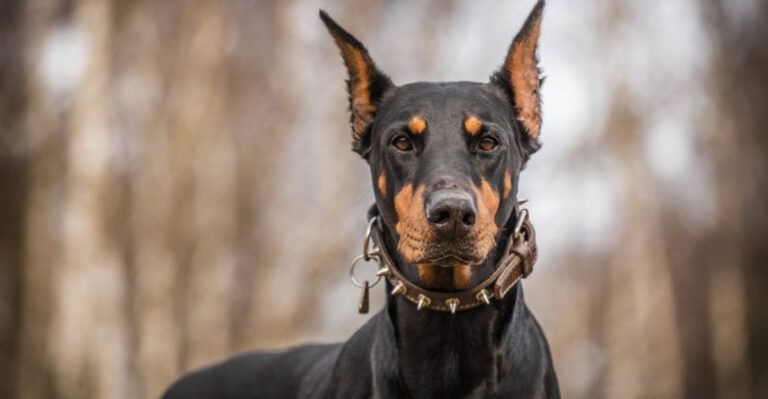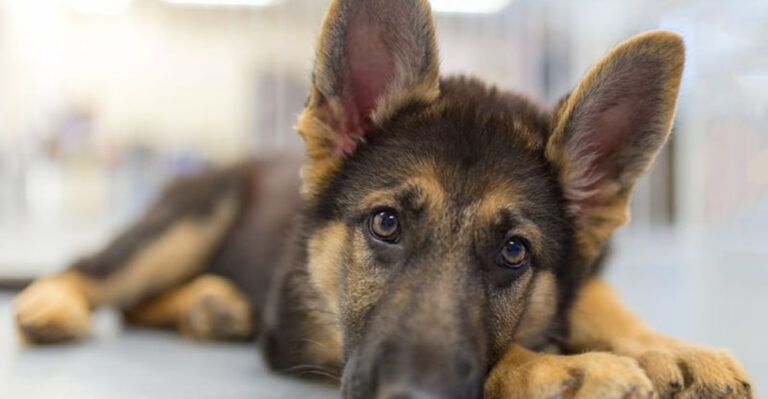13 Ways To Identify Purebred American Pitbulls
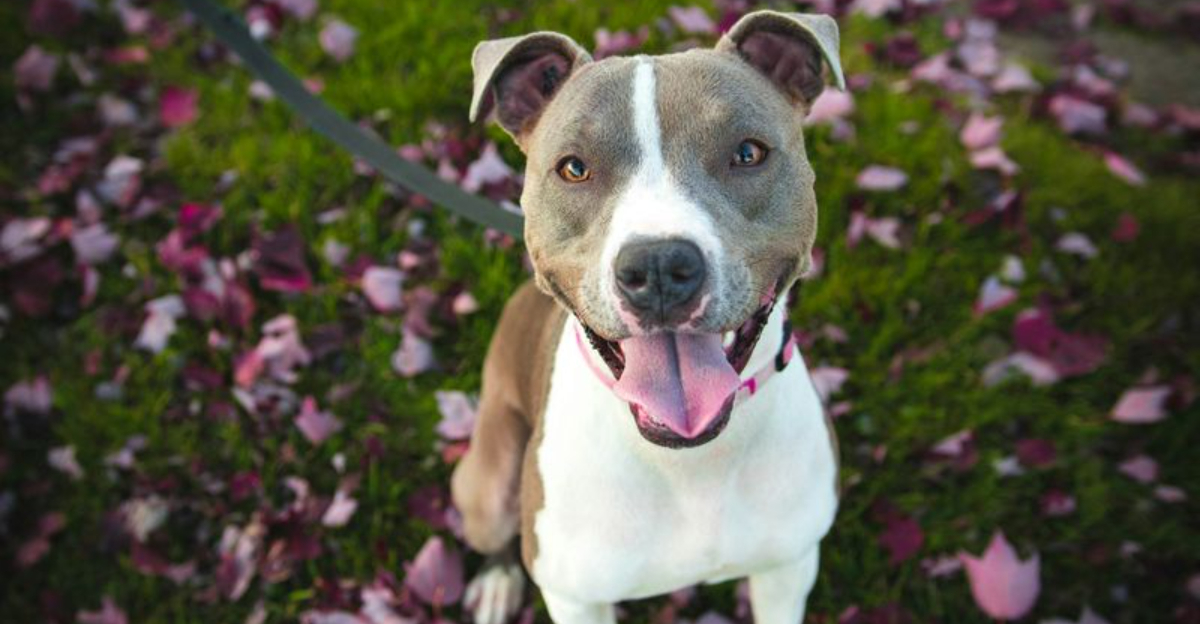
Some love them and some avoid them, but let’s be honest, American Pitbulls are one of the most misunderstood breeds in the dog world.
Known for their strength and loyalty, these dogs often face stereotypes that overshadow their true nature. If you’re considering adding a Pitbull to your family or simply want to learn more, understanding how to identify a purebred American Pitbull can be both fascinating and rewarding.
Here are some distinct ways to help you recognize a purebred American Pitbull, each offering unique insights into this remarkable breed.
1. Head Shape And Size
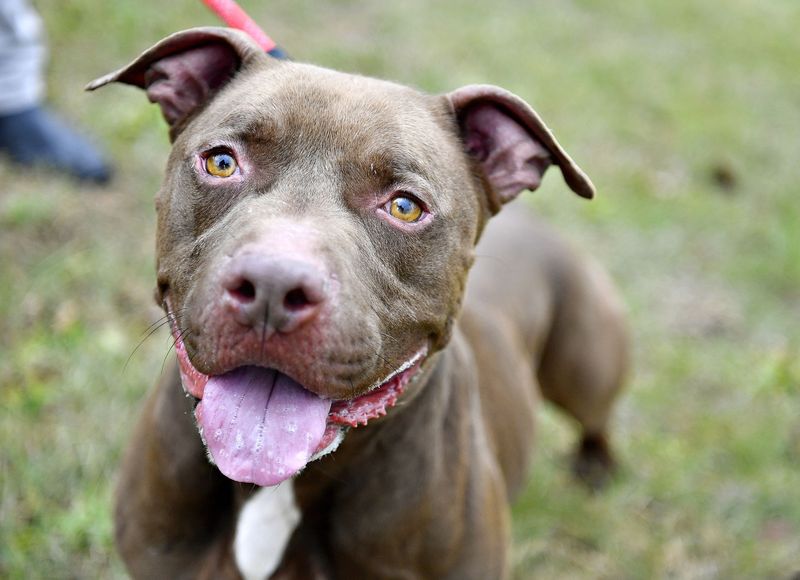
The American Pitbull’s head is perhaps one of its most defining features. Broad and flat, it boasts a powerful jaw and well-defined cheeks. This head shape is not only aesthetically pleasing but also functional, enabling Pitbulls to have a strong bite necessary for their original roles as working dogs.
In addition to its shape, the size of the head is also an indicator of purity. A purebred American Pitbull typically has a proportionately large head compared to its body size, giving it a distinct silhouette.
This, combined with its expressive eyes, often gives the Pitbull an alert and intelligent look, capturing the breed’s essence.
When examining a Pitbull’s head, look for symmetry and balance with the rest of the body. The head should neither appear oversized nor undersized, maintaining harmony with the dog’s muscular frame. These characteristics make the head a primary feature in identifying purebred Pitbulls.
2. Coat Color And Texture
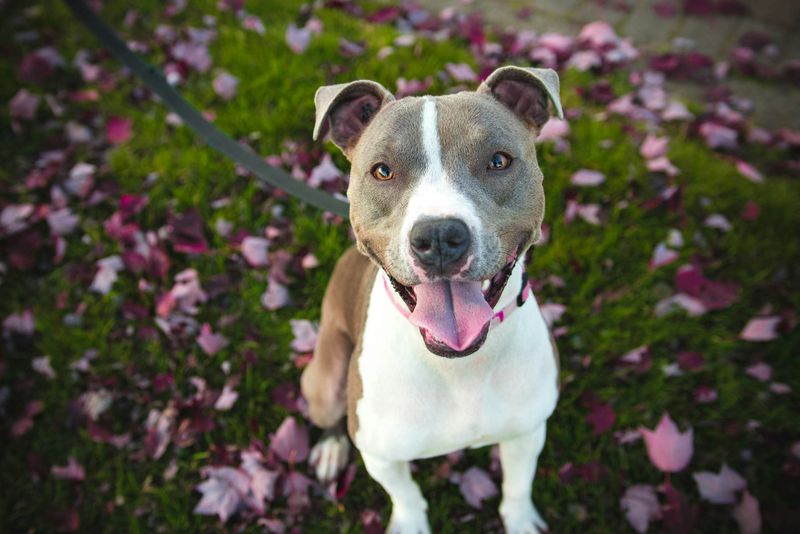
American Pitbulls are known for their diverse coat colors, which can be a useful identifier. From solid colors like red and blue to patterns like brindle, the coat offers a range of visual cues. While no color is exclusive to purebreds, certain patterns, like the classic brindle, are more common in purebred lines.
Texture also plays a part in identification. A purebred’s coat is generally short, glossy, and smooth to the touch. This sleek fur not only adds to their aesthetic appeal but also reflects their overall health. In addition to the visual aspect, the coat’s condition is important.
A healthy coat should be free from excessive shedding, bald spots, or dullness, indicating good care and proper genetics. Observing these elements can provide insights into the dog’s lineage and purity, making coat examination a key step in identifying a purebred American Pitbull.
3. Muscular Build
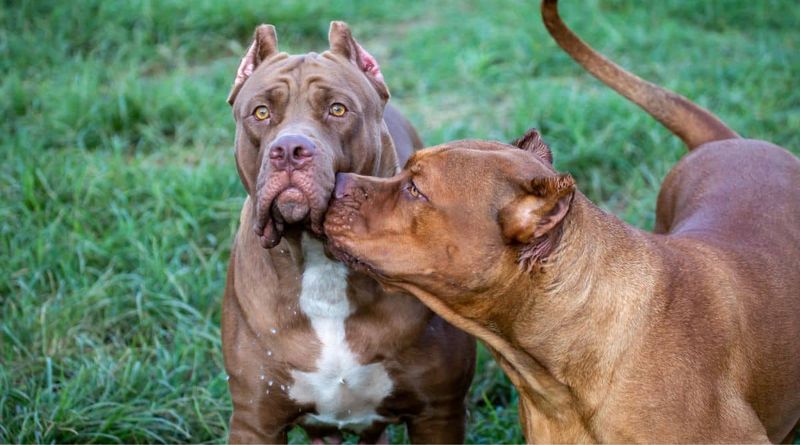
The muscular build of an American Pitbull is a hallmark of the breed. Known for their strength and athleticism, these dogs possess a well-defined musculature that is both functional and visually striking. Their broad shoulders, strong legs, and deep chest contribute to their powerful appearance.
This muscularity is not just for show; it reflects the breed’s history as working dogs, capable of performing tasks that require significant physical exertion. The Pitbull’s muscles should be proportionate, with no area appearing overly developed or lacking.
When assessing a Pitbull’s build, it’s essential to consider the dog’s overall health and fitness. A well-exercised, healthy Pitbull will display a balanced muscular structure, indicative of its purebred status. This robust physique is a testament to the breed’s endurance and capability, making it a key feature in identifying a purebred American Pitbull.
4. Ear Shape And Position
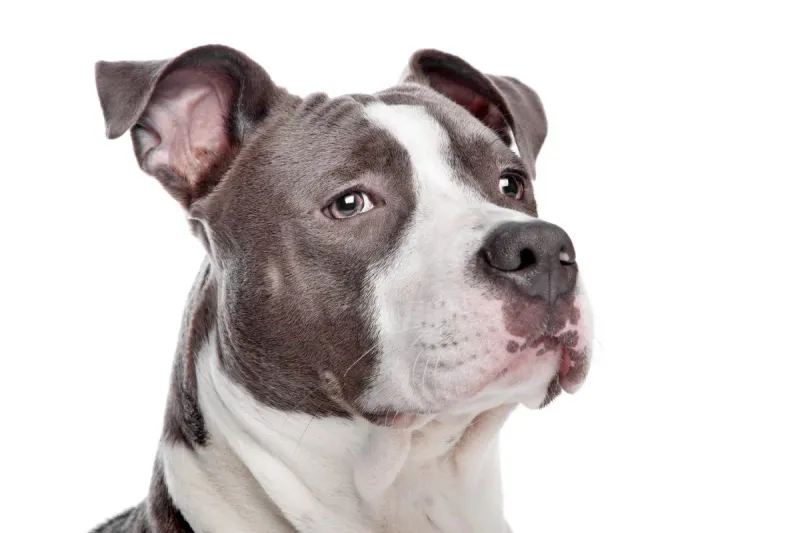
The ears of an American Pitbull can vary, but their natural shape and position are distinctive. Typically, purebred Pitbulls have medium-sized ears that sit high on the head. Whether they are left natural or cropped, they reflect the dog’s alertness and curiosity.
Natural ears are often semi-prick or rose-shaped, lying close to the head. This ear shape contributes to the Pitbull’s expressive face, allowing them to convey a range of emotions. When evaluating ear shape, consider how it complements the dog’s head and overall appearance.
Cropped ears, while sometimes a choice for aesthetic reasons, are not a definitive indicator of purity. Instead, focus on the natural ear’s size, shape, and position to assess the dog’s lineage. These characteristics can reveal much about a Pitbull’s breeding and are important in identifying a purebred American Pitbull.
5. Tail Length And Shape
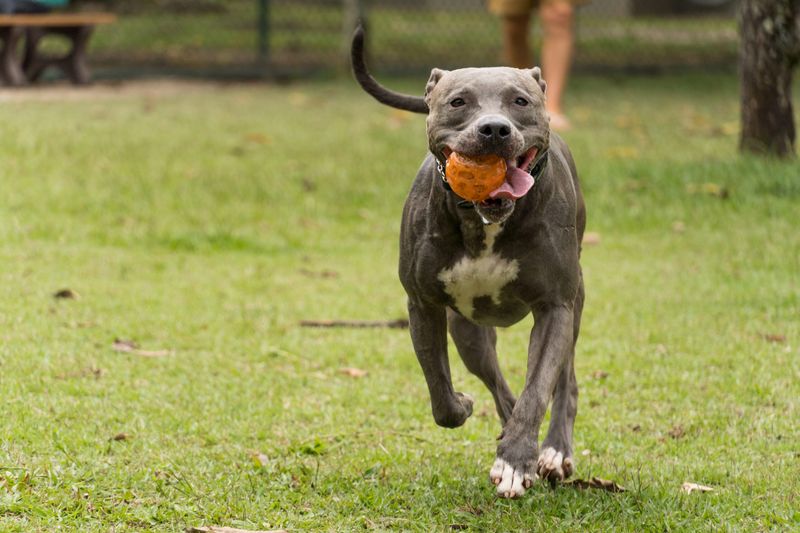
An American Pitbull’s tail is another feature to observe when determining purity. Typically, a purebred Pitbull has a medium-length tail that is straight and tapers to a point. This tail type is not only functional but also adds balance to the dog’s overall physique.
The tail should be neither too long nor too short, as extremes in length could indicate mixed breeding. During movement, a Pitbull’s tail often wags energetically, reflecting their spirited nature and playful temperament.
In assessing a tail’s shape and length, it’s important to consider how it aligns with the rest of the dog’s body.
A well-proportioned tail complements the muscular build and enhances the breed’s sleek appearance. Observing these tail characteristics can provide insights into the dog’s genetic purity, making it an important aspect of identifying a purebred American Pitbull.
6. Nose And Snout
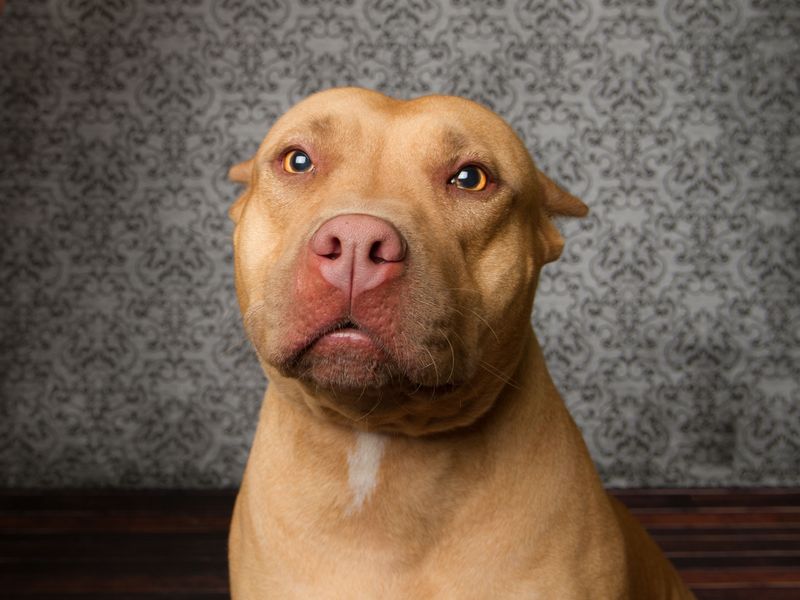
The nose and snout of an American Pitbull are distinctive features that can aid in identification. A purebred Pitbull typically has a broad snout with a slight taper towards the nose, which is usually black.
This structure gives the breed its characteristic strong jaw and contributes to its powerful appearance. The nose is typically wide with well-opened nostrils, enhancing the dog’s ability to breathe efficiently during physical activities.
This is crucial for a breed known for its energy and endurance. When examining the nose and snout, look for a harmonious blend with the rest of the head.
The snout should not appear too long or too short but should maintain balance with the breed’s overall facial structure. These features are instrumental in identifying a purebred American Pitbull, adding to the breed’s unique and recognizable look.
7. Eye Shape And Color
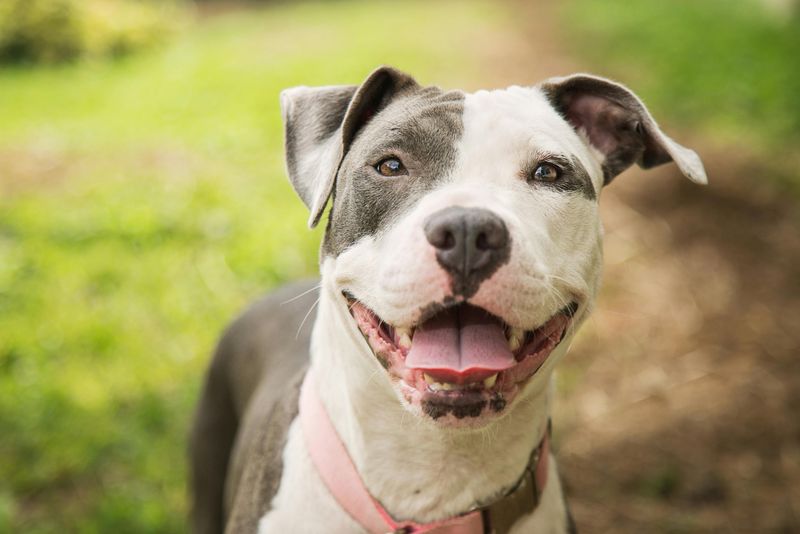
The eyes of an American Pitbull provide insight into its purity and temperament. Typically, a purebred Pitbull has round eyes that are set well apart, offering an attentive and intelligent gaze. The common eye color is brown, ranging from light to dark shades, complementing the breed’s coat.
These eyes are not just for appearance; they reflect the Pitbull’s emotion and character. A direct gaze can indicate confidence and alertness, essential traits for a breed known for its loyalty and protective nature. When evaluating eye shape and color, observe how they enhance the dog’s overall expression.
The eyes should be free from cloudiness or excessive tearing, which could indicate health issues. This focus on eye attributes can help in assessing the purity and well-being of the breed, making them an essential feature in identifying a purebred American Pitbull.
8. Gait And Movement
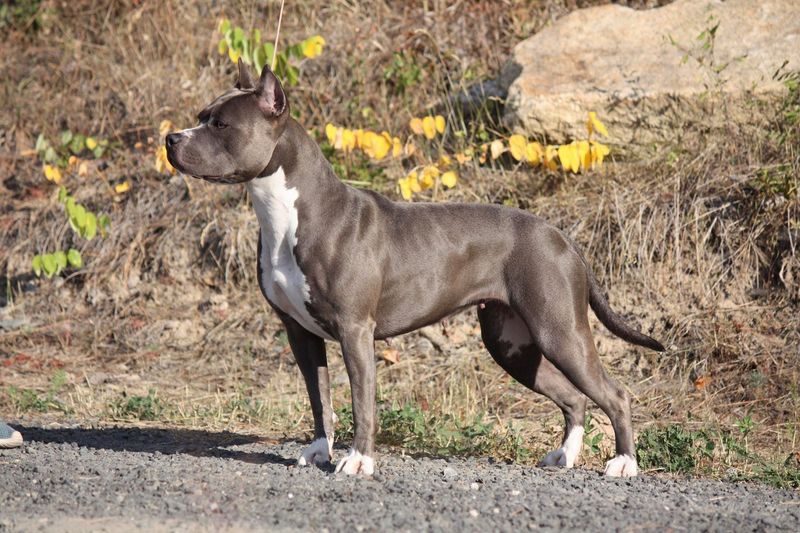
An American Pitbull’s gait is a reflection of its strength and agility. Purebred Pitbulls are known for their smooth, confident movement, which combines power with grace. Their stride is typically balanced, with good reach and drive, showcasing their athletic capability.
This movement style is not only beautiful to watch but also serves a practical purpose. It allows Pitbulls to cover ground efficiently, a trait desirable for their historical roles in various working and sporting tasks. Observing a Pitbull’s movement can provide insights into its health and purity.
A smooth, fluid gait indicates a well-structured body and good muscle tone, both characteristics of a purebred. This aspect of movement is key to understanding and identifying a purebred American Pitbull, highlighting the breed’s robust physical attributes.
9. Temperament And Behavior
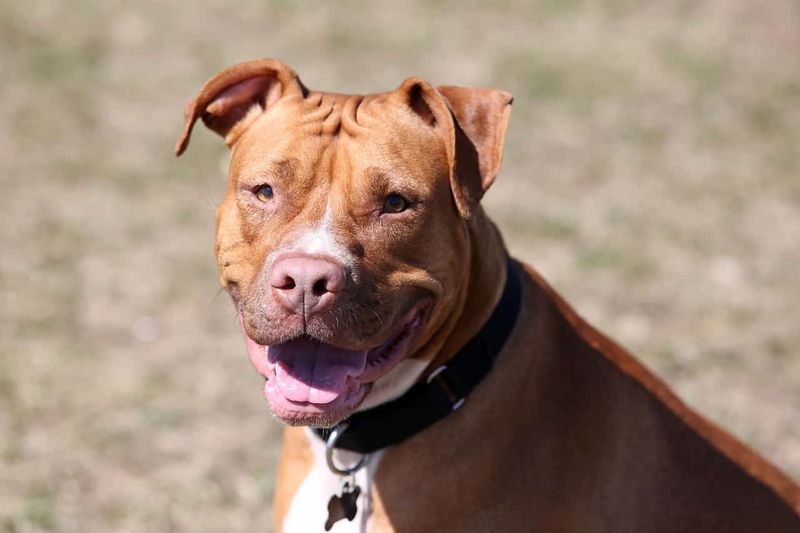
The temperament of an American Pitbull is a key factor in recognizing the breed’s purity. Known for their friendly and loyal nature, purebred Pitbulls often exhibit a confident yet gentle demeanor. They are known to be affectionate with family members and typically get along well with children.
This breed’s behavior is characterized by its intelligence and eagerness to please, making them highly trainable and responsive to positive reinforcement. Their playful and energetic nature often shines through, making them excellent companions for active families.
When assessing a Pitbull’s behavior, consider its interaction with people and other animals. A well-socialized, purebred Pitbull displays balanced behavior without signs of excessive aggression or fearfulness. This focus on temperament is crucial in identifying a purebred American Pitbull, emphasizing the breed’s suitability as a loving and loyal pet.
10. Chest And Ribcage
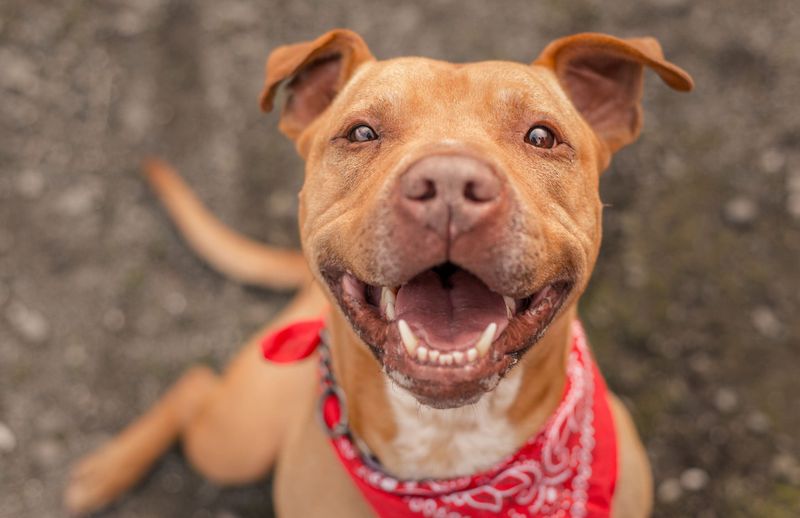
The chest and ribcage of an American Pitbull are prominent features that signify its strength. A purebred Pitbull typically has a deep, broad chest that conveys power and stability. This chest structure supports the dog’s powerful lungs and heart, essential for their endurance and agility.
The ribcage should be well-sprung, providing adequate room for the lungs to expand. This is particularly important for a breed known for its athleticism and energy levels. The depth of the chest should taper into a well-defined waist, contributing to the breed’s iconic silhouette.
When examining the chest and ribcage, note the proportionality and balance with the rest of the body. A well-structured chest is a hallmark of a purebred Pitbull, reflecting its robust health and breeding. These characteristics make the chest and ribcage vital in identifying a purebred American Pitbull.
11. Paws And Legs
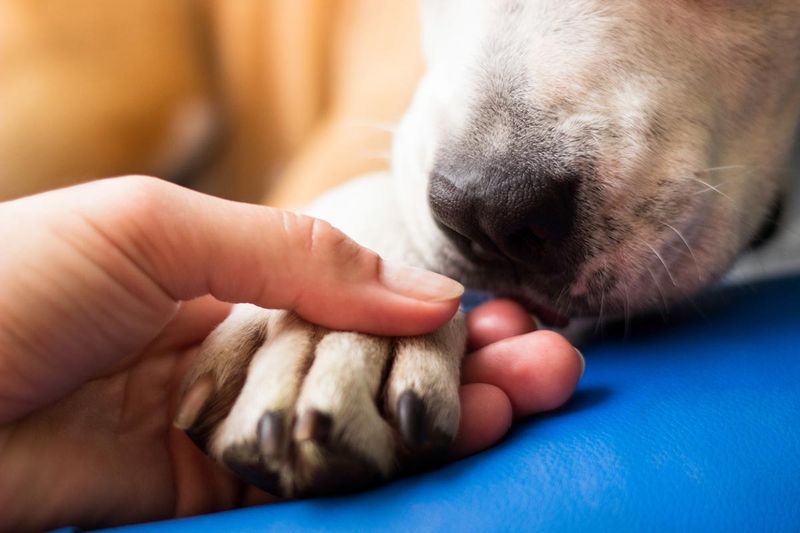
The paws and legs of an American Pitbull are critical in assessing the breed’s purity. Known for their muscular and robust build, purebred Pitbulls possess strong, medium-sized paws that support their weight and agility.
Their legs, both front and rear, are well-muscled, reflecting the breed’s strength and capability for athletic activities. The alignment of the legs should be straight and sturdy, allowing for efficient movement and support. When evaluating a Pitbull’s legs and paws, consider their proportion to the rest of the body.
The legs should provide a balanced look, enhancing the dog’s overall physique. These features are instrumental in identifying a purebred American Pitbull, highlighting its powerful and agile nature, which is crucial for its historical roles and everyday activities.
12. Jaw Structure
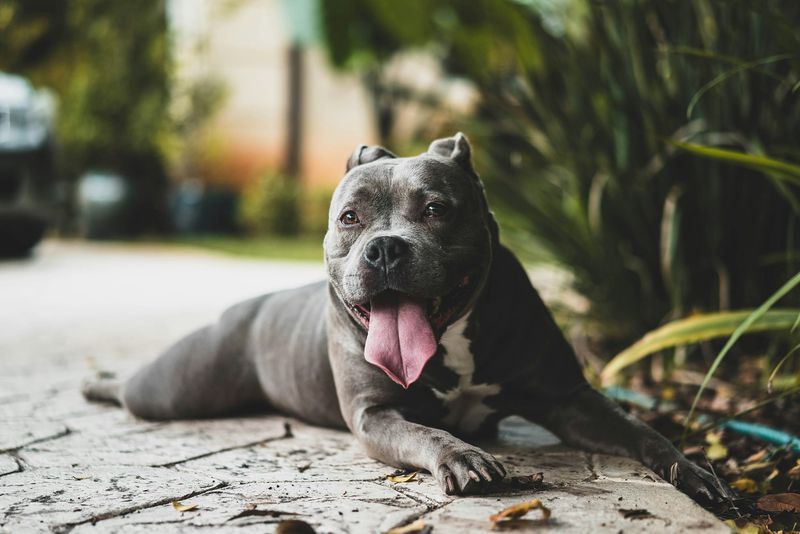
The jaw structure of an American Pitbull is a defining trait that signifies power and tenacity. Known for their strong bite, purebred Pitbulls have a well-defined jawline that is both broad and deep. This structure supports their role in tasks that require grip and control.
The teeth should align in a scissor bite, which is standard for the breed. This alignment ensures the dog’s ability to chew and hold objects effectively, essential for both work and play. When examining the jaw, consider how it integrates with the rest of the head.
A balanced jaw structure complements the breed’s strong, muscular build and contributes to its iconic look. These jaw characteristics are key in identifying a purebred American Pitbull, highlighting the breed’s historical strength and capability.
13. Overall Balance And Proportion
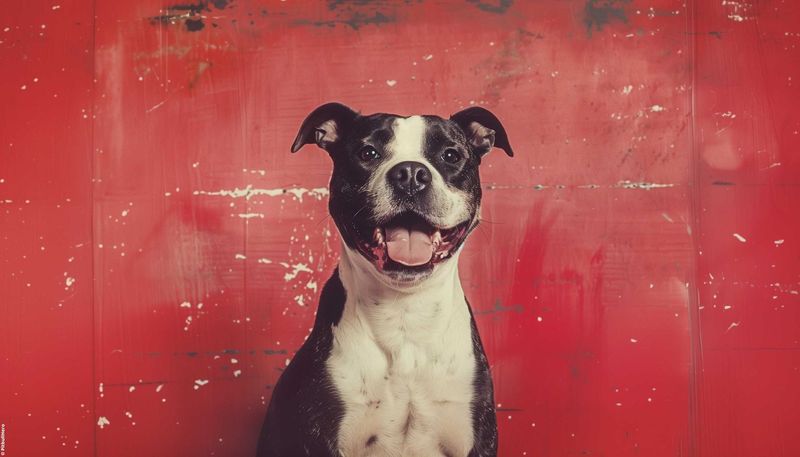
The overall balance and proportion of an American Pitbull are crucial in determining its purity. A purebred Pitbull should exhibit symmetry and harmony in its build, with no single feature overpowering the others. This balance reflects the breed’s agility, strength, and overall health.
Each part of the Pitbull, from its head to its tail, should contribute to a cohesive appearance. The body should be muscular and fit, with a confident stance that showcases the dog’s power and grace. When assessing a Pitbull’s balance and proportion, consider how its features work together to create a unified look.
This overall harmony is a hallmark of a purebred Pitbull, emphasizing its well-bred lineage and suitability as both a companion and a working dog. Recognizing this balance is essential in identifying a purebred American Pitbull.


